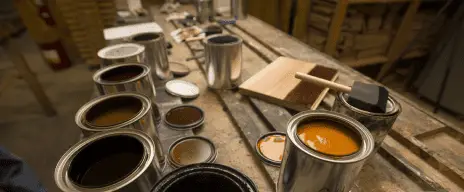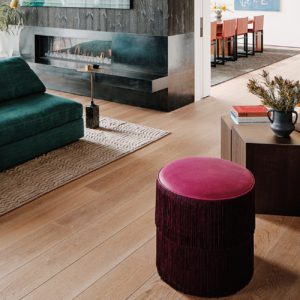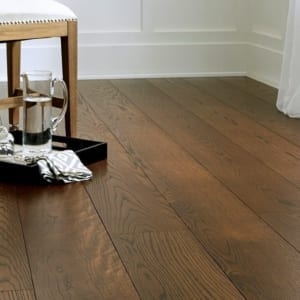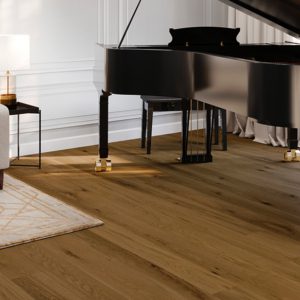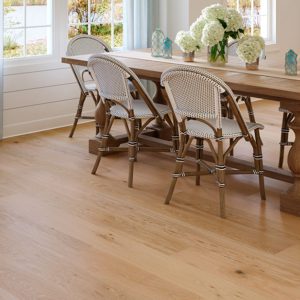Looking for a new wood floors? This 20-page guide can help you explore flooring styles and options as you narrow down your favorite floors.
Know Your Roots: The History of Wood Flooring
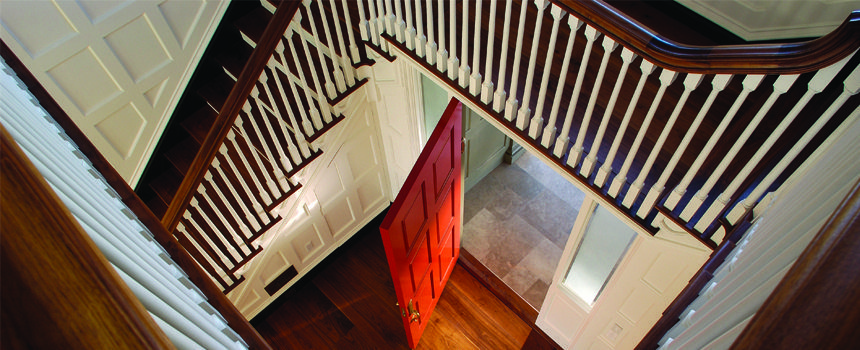
No matter what the age or style of your home, when it comes to flooring, there is no clearer choice than classic hardwood. Not only does it stand the test of time, but its diverse colors, textures, and patterns have proven their ability to outlast even the most radical design trends. Especially in vintage homes, where linoleum and shag carpet have left their disastrous marks, there is nothing more satisfying than peeling off the layers to expose beautifully preserved planks. Classic hardwood is always a prize worth saving!
Aside from its obvious design aesthetic, you might be wondering why hardwood has enjoyed ongoing popularity throughout the years. Why when other trends have come and gone has hardwood stuck around? For that, we need to turn back the pages of history. Join us as we explore the origins and evolution of this popular design feature, as well as find out how to incorporate its timeless beauty into your space.
Rooted in Time
Humans have been using wood as a building material since the dawn of time. From rudimentary structures made of boughs and branches, to the artfully constructed Longhouses of the indigenous tribes of North America, trees have long been a highly valued natural resource. Whenever humans settled near wooded areas, lumber served as a prized material for everything from shipbuilding, to canoes, homes, tools and storage vessels. Timber provided these early people with the resources they needed to develop their civilizations and conquer even greater hurdles, including the challenging job of creating larger more permanent settlements.
As humans continued to refined their building skills, they constructed villages and groups of structures. During this time, most residences relied on beaten earth as their main choice for flooring. Obviously, dirt floors had their downsides. Depending on the weather, earthen floors could become cracked, dusty or wet — not to mention exceptionally dusty. They were difficult to maintain and failed to wear uniformly throughout the home.
It wasn’t until the Middle Ages that trimmed wooden planks began to appear in the reliefs and records of the time. As more homes were built with the additional second floors, large old-growth trees were cut down for building materials. Architects laid planks sawn from those trees across support beams, thus creating the first wooded floors as we know them today.
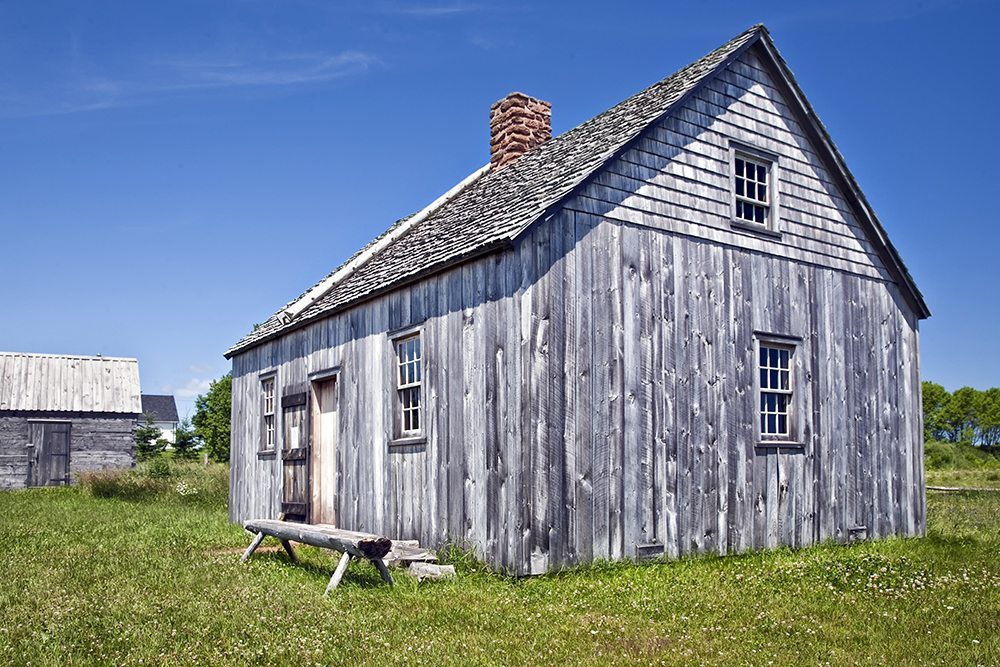
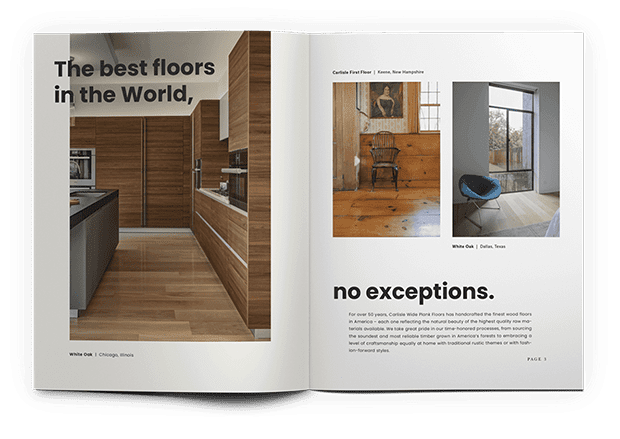
Endless Inspiration for the Floor of Your Dreams
GET DESIGN BOOKFrom Then to Now
Although similar in design, these ancestral floors were very different than the polished wood beauties we install today. Compared to the smooth, sanded planks we’ve come to expect, the earlier styles of floors were rough, hand-hewn behemoths. Builders relied on the booted feet of generations to wear down the planks and chose not to paint, stain or otherwise treat them. Due to the abundance of available forestland, wood was also an affordable choice. Using any other material would have meant importing it from elsewhere, which for the common man at the time, was really unthinkable.
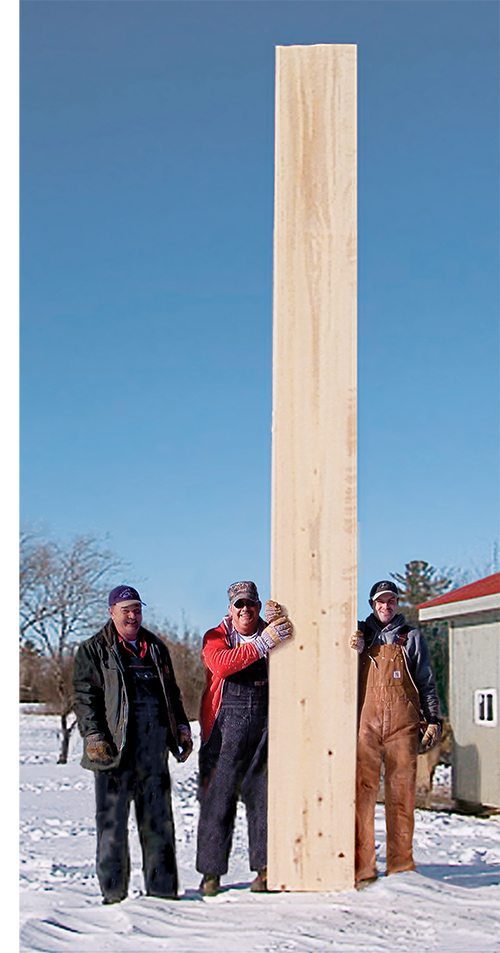 During those early years, builders selected their materials from vast, old-growth forests, which meant that the planks themselves could be very wide and very long. In some historical homes, we find extremely wide planks that range anywhere from eight to sixteen feet in length and as wide as twenty inches or more. These generous dimensions were in no way driven by a sense of fashion; it was instead a matter of function. Felling enormous trees was very hard work. Once on the ground, the fewer cuts made to the tree, the better. Therefore; exceptionally wide planks were simply the norm.
During those early years, builders selected their materials from vast, old-growth forests, which meant that the planks themselves could be very wide and very long. In some historical homes, we find extremely wide planks that range anywhere from eight to sixteen feet in length and as wide as twenty inches or more. These generous dimensions were in no way driven by a sense of fashion; it was instead a matter of function. Felling enormous trees was very hard work. Once on the ground, the fewer cuts made to the tree, the better. Therefore; exceptionally wide planks were simply the norm.
Evolution Through the Years
As building practices became more refined, tools improved and planks became smaller. Builders also began experimenting with different species of tree and colors of stain. Cabinet makers expanded their craft to include flooring and used techniques commonly found in furniture construction to create beautiful installations.
By the early 16th century, floors had become something of a statement. The rich, upper class came to regard beautiful floors as a sign of status. Delicate designs were laid by hand and everything from floral to geometric patterns emerged. The labor to make these masterpieces was painstaking. From wide planks to miniscule mosaics, wooden floors hit their stride in the early 19th century with the introduction of parquet.
With their intricate patterns, parquet floors can almost be thought of as wood “carpets.” They’re comprised of tongue-and-groove strip flooring that is carefully manipulated to create a work of art. Incidentally, tongue-and-groove techniques were only created in 1885 with the invention of the side-matcher, a machine that could mill a board to have a tongue on one side and a long narrow groove on the other. This allowed boards to be interlocked without nails, which was more refined and even more desirable. These designs can still be found in historical homes today.
By then, it seemed that the reign of hardwood would last forever; but as with all trends, a change was already on the horizon.
Where Are They Now?
In the late 1920’s the stock market wasn’t the only thing about to crash. With the onset of the Great Depression in full swing and the glitzy dreams of the roaring ‘20’s a hazy memory, people turned to cheaper alternatives when it came to repairing their homes. Hardwood fell out of favor due to its perceived high cost of entry and the upkeep required. By the late-1960’s wooden flooring was all but a memory, in large part thanks to the U.S. Federal Housing Authority. In 1966, the agency had approved carpeting as part of a 30-year mortgage plan and because of this, both homeowners and homebuilders turned away from expensive, labor-intensive hardwood in favor of cheaper, easier-and-faster-to-install carpeting. This was a major factor in the decline of the hardwood flooring industry until its resurgence in the mid-1980s.
It wasn’t until the 1990’s that the interior design community returned to the allure of wooden flooring. Still a sign of wealth and quality, modern trends embraced the classic look with a new twist: not only did they install traditional planks, like domestic oak or reclaimed pine, they also turned to more exotic hardwoods, such as Brazilian Cherry, or sustainable species such as Maple. With so many styles, types and species to choose from this ancient material is once again back in favor.
Trends to Watch for in 2018
Like any trend, what’s old is new again — with a few changes. Gone are the skinny boards and golden hues of the mid-century. These days, homebuyers are looking to dress their homes in something more modern. From extreme espresso to almost white, stain choices span the color wheel. However, the one thing that almost all modern floors have in common is their tone.
Today, there is a strong trend towards warmer tones like reds, browns, and yellow undertones with a preference for browns that are pure, with blue or gray underneath. These also pair well with the stormy gray walls that seem to appear everywhere. Woods like Ebony and Walnut also work well in this situation, as does Oak, which displays prominent graining. Even though darker floors can prove a bit more challenging to maintain, showing dirt and scratches more than their lighter cousins, the payoff is big: they make a statement.
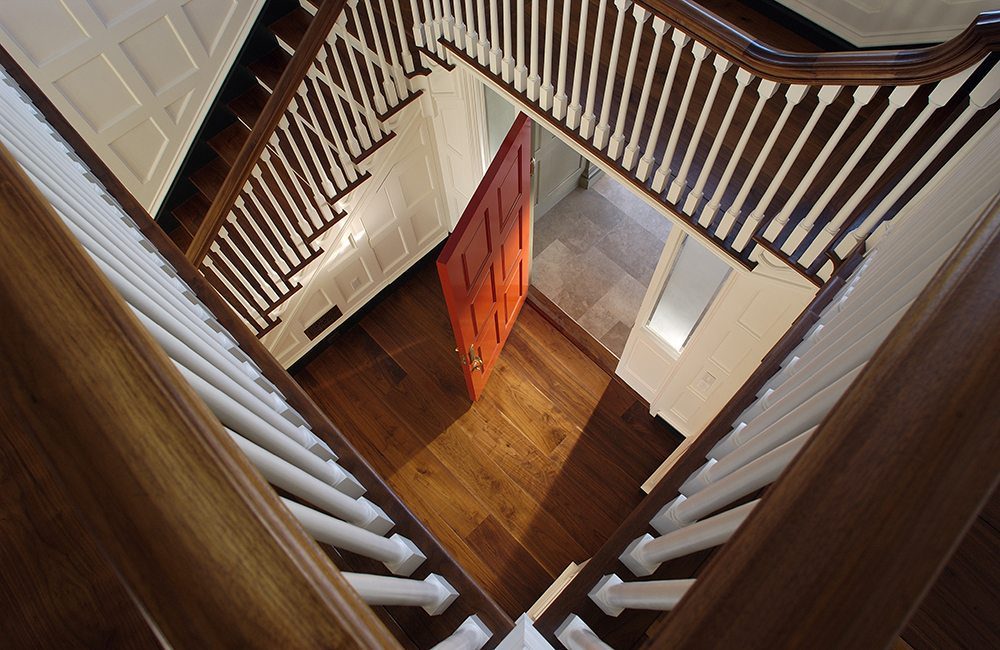
What’s Old is New Again
In addition to the gray trend, white washed, antiqued and reclaimed woods are also enjoying a resurgence. It seems no matter where you turn, gray or white Ash hardwood flooring is being installed. Also coming back is the distinctive look of traditional European Classic floors — thoughtfully selected and hand finished with a reverence for the timber’s natural figuring and characteristics. It is a look that stands apart due to it’s meticulous, time-honored craftsmanship.
Finally, on top of color choice and wood, comes sheen. Matte and satin finishes are currently the most popular, while extreme glossiness is out. Luckily for you, matte and satin sheens are great at hiding scuffs and scratches this is a win-win for most homeowners.
Overall, no matter which type of wooden floors you desire for your home, classic hardwood is always a good investment. It withstands the test of time, will always be in fashion, and can even be refinished to suit changing tastes.
Wooden flooring has endured for centuries. With modern technology and an emphasis on quality, sustainable flooring, we expect this home trend to last far into the future.
– – – – – –
If you are looking for more ideas download our Buyer’s Guide or contact us to speak with a Wide Plank Flooring Specialist.



